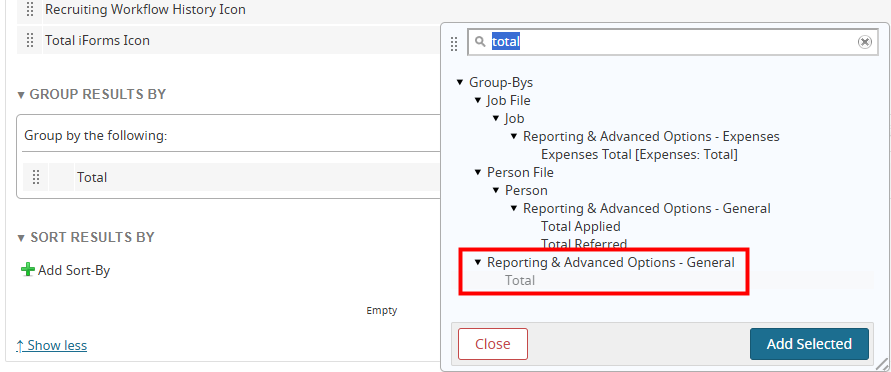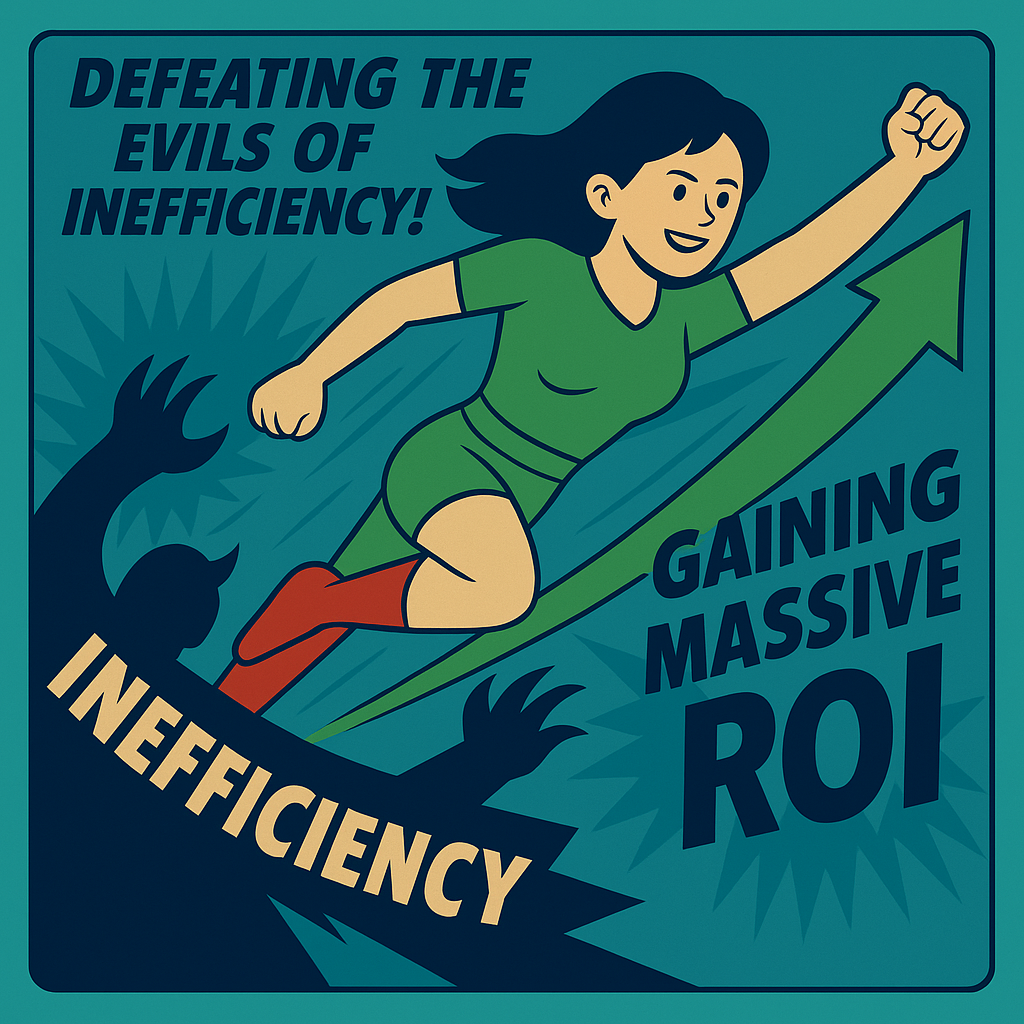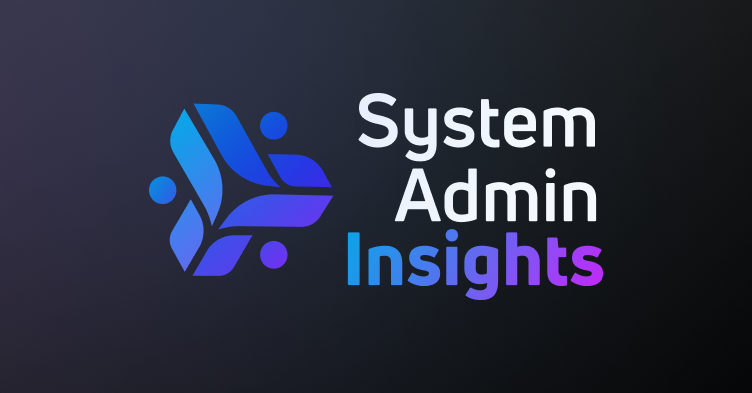I recently had a follow-up call with a client’s iCIMS System Administrator who had been managing their system for less than a year. What started as a conversation about quantifying the impact of a potential engagement evolved into a valuable consulting session that established the accurate baseline measurements needed for genuine ROI assessment.
Recognizing Expertise
The first thing that impressed me was the administrator’s use of SQL language to define date ranges, an advanced concept many iCIMS System Administrators haven’t mastered. I couldn’t help but compliment him on that. It’s always exciting to see someone new to the system already diving into more sophisticated techniques.
Digging Into What Really Matters for Accurate Measurement
When I asked about their current time-to-fill, the administrator explained he’d have to export the data and calculate it in Excel. “Let’s add a total grouping to the structure of this report,” I suggested, and boom – the average appeared right at the top of the screen: 58 days.

Except, that wasn’t right! The report included extreme outliers and blank values that were severely skewing the results. We applied filters to include only values greater than 1 and less than 100 days – removing the statistical noise while keeping the meaningful data. After this adjustment, we discovered their actual time-to-fill was closer to 35 days.
But was that the complete picture? I asked, “You’re using the out-of-the-box time-to-fill metric, but what points is that actually measuring?” He wasn’t quite sure. That’s when we rolled up our sleeves and went into the time-based metrics together.
We customized a new metric that used the actual start and end points defined by leadership as being most meaningful – because the default settings rarely align perfectly with what leadership actually wants to measure. Once this populated in the system (which takes about two minutes), we placed it side by side with the original metric.
The Measurement Breakthrough Moment
The funny thing is, leadership wanted to bring time-to-fill down to 28 days. They didn’t know where they were currently. The initial report created by the admin put it at 58 days, then we refined it to 35 days, but after implementing the properly defined metric that actually matched leadership’s intentions, they discovered they were already at about 29 days – almost at their goal!
The administrator was a little sheepish at this point. I assured him that this wasn’t a criticism of his work at all. After all, he’d been managing the system for less than a year, and these nuances take time to master. This revelation provided something more valuable than an immediate fix – it established a true baseline. Now they can confidently assess the impact of any future enhancements and make strategic decisions based on accurate data, not flawed measurements.
Eight Years of Measurement Optimization Expertise
I’ve been optimizing iCIMS reporting for over eight years across more than 45 different clients. During my first implementation, I watched our implementation manager effortlessly navigate dashboard reporting while I struggled to keep pace—a frustration that motivated me to master the platform’s full reporting capabilities.
Over time, I developed expertise that has earned recognition in the field. Coaching System Administrators on measurement nuances requires specialized skills built through years of experience. I’ve dedicated myself to training both the Integral Recruiting Design team and our System Admin Insights community on these techniques, which are essential for quantifying the ROI of your iCIMS investment.
Beyond the Basics: Establishing Foundations for Intelligent ROI Assessment
This is about more than just nicer-looking reports – it’s about establishing accurate baselines, tracking metrics consistently, and making strategic adjustments based on extremely accurate reporting that aligns with both your processes and industry best practices.
One question we always get is, “How should we measure time-to-fill to best reflect our true performance? Where should it start and end exactly?” Even SHRM doesn’t have definitions granular enough for setting up this reporting correctly. We can save you time going down those rabbit holes and advise on best practices we’ve observed across our client base.
From 20 Minutes to Strategic Transformation
We accomplished all of this in about 20 minutes on a follow-up call. If we can deliver this kind of clarity and value in just 20 minutes, imagine what we could do with 3-6 months of strategic coaching for your admin.
We could:
- Refine all your critical metrics to align with leadership goals
- Build custom dashboards that provide immediate insight
- Automate reports that currently consume hours each week
- Train your team to leverage data in ways you haven’t even considered yet
Let’s Talk About Your iCIMS Measurement Strategy
If you’d like to learn more about how to establish accurate baselines and truly understand your iCIMS performance through powerful dashboard reporting, we can coach your internal team or do it for you. Either way, you’ll benefit from many years of hands-on experience and insights that only come from working with a wide array of customers.




